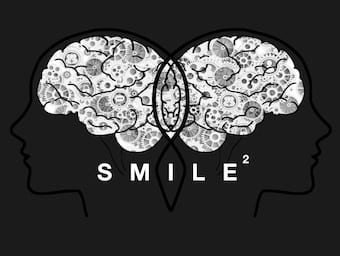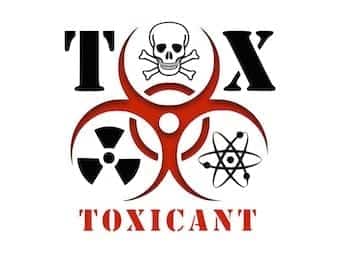
Tracheostomy
This is the LITFL CCC master page for tracheostomy — follow the links for further discussion of the following:

This is the LITFL CCC master page for tracheostomy — follow the links for further discussion of the following:

Water loss in excess of salt deficit. Hypernatremia is usually due to insufficient water (primarily in patients who either do not experience thirst normally, or cannot act on it). Hypernatraemia occurs less commonly associated with excess salt

Short editorial snippets from Vol. 24 Issue 3 of Emergency Medicine Australasia (EMA Journal) published online on 3 August 2012.

What does society expect of today’s doctor? More importantly, what does today’s doctor expect of themselves? How can we become better doctors?

Funtabulously Frivolous Friday Five 159 - Just when you thought your brain could unwind on a Friday, some medical trivia FFFF.

Attendees and faculty at the recent International Emergency Medicine Teaching Course in Baltimore will empathize with the critical nature of this scenario (each day bigger and bigger coffee machines were brought to the course!).

For each of the microbes listed below; list the most appropriate antibiotic(s) of choice for treatment of infection resulting from these organism.

Methanol has a long history of causing toxicity. Famously in prohibition when bootleg alcohol or moonshine was produced, unfortunately this is still a problem today with local brews in countries with poor regulations. It is commonly known to cause blindness but it also can be lethal, particularly if the patient has deliberately ingested methanol with a suicidal intent.

Isopropanol (isopropyl alcohol) causes the same effects as ethanol but is more potent. Commonly found in hand sanitisers, disinfectants, solvents, window cleaners and perfumes. Classically it causes an elevated osmolar gap without an anion gap and the patient smells of acetone. Fortunately care is largely supportive.

Ethylene Glycol is lethal when >1 ml/kg is ingested therefore any deliberate ingestion need prompt intervention. Commonly found in radiator coolants, antifreeze (concentrations>20%), de-icing solutions, solvents and brake fluids. Unfortunately these products can taste sweet making them appealing to children.

We are all familiar with Ethanol and maybe some of us wouldn't have been conceived without it. However, in your tox patient it causes synergistic CNS depression and even on its own in large doses can be potentially lethal.

Questions 22.1. What piece of equipment is shown below? Outline the principle of operation of this equipment. 22.2. The following image shows the connector and a regulator for a Medical Wall Suction outlet. (a) What design features of the above…